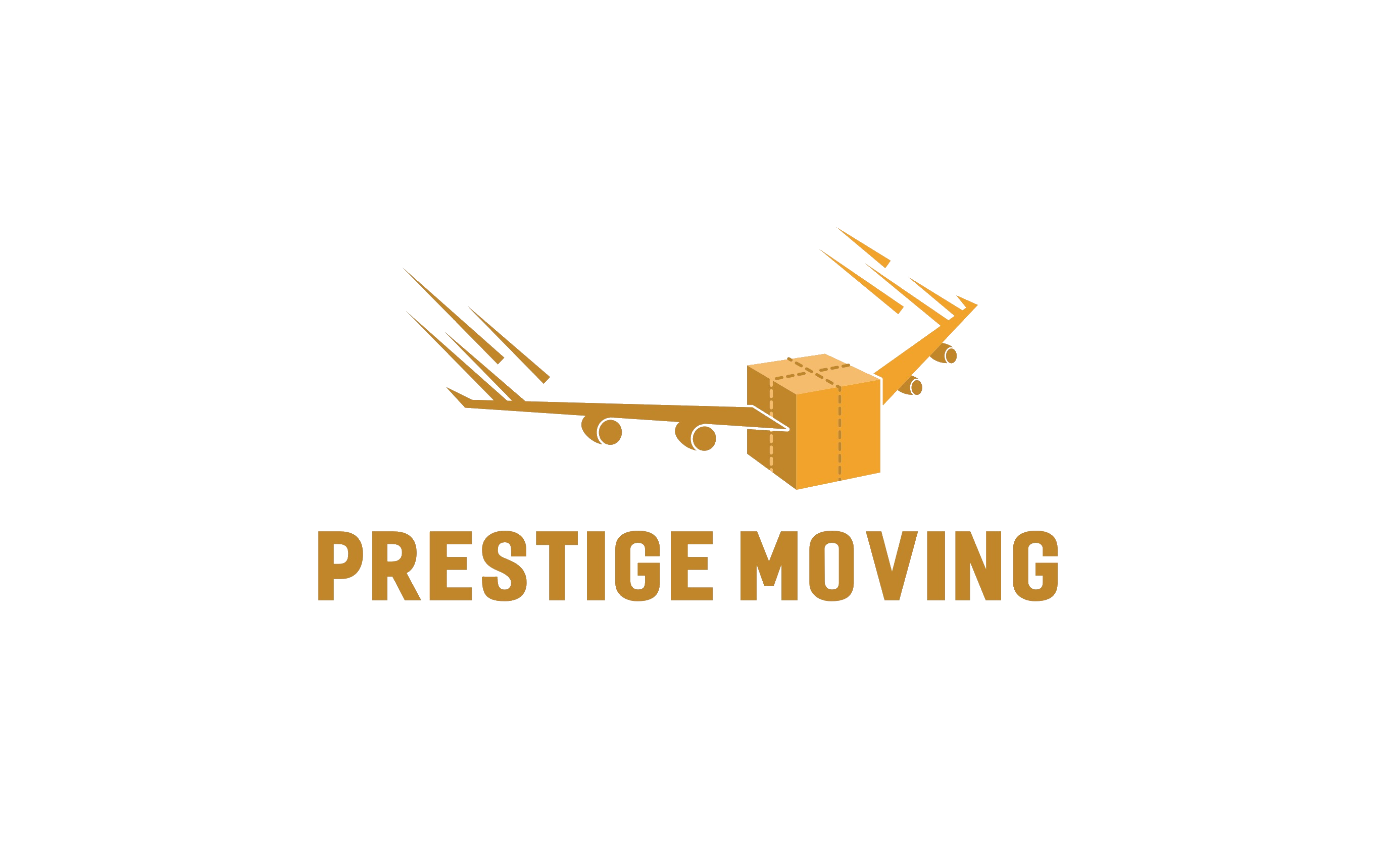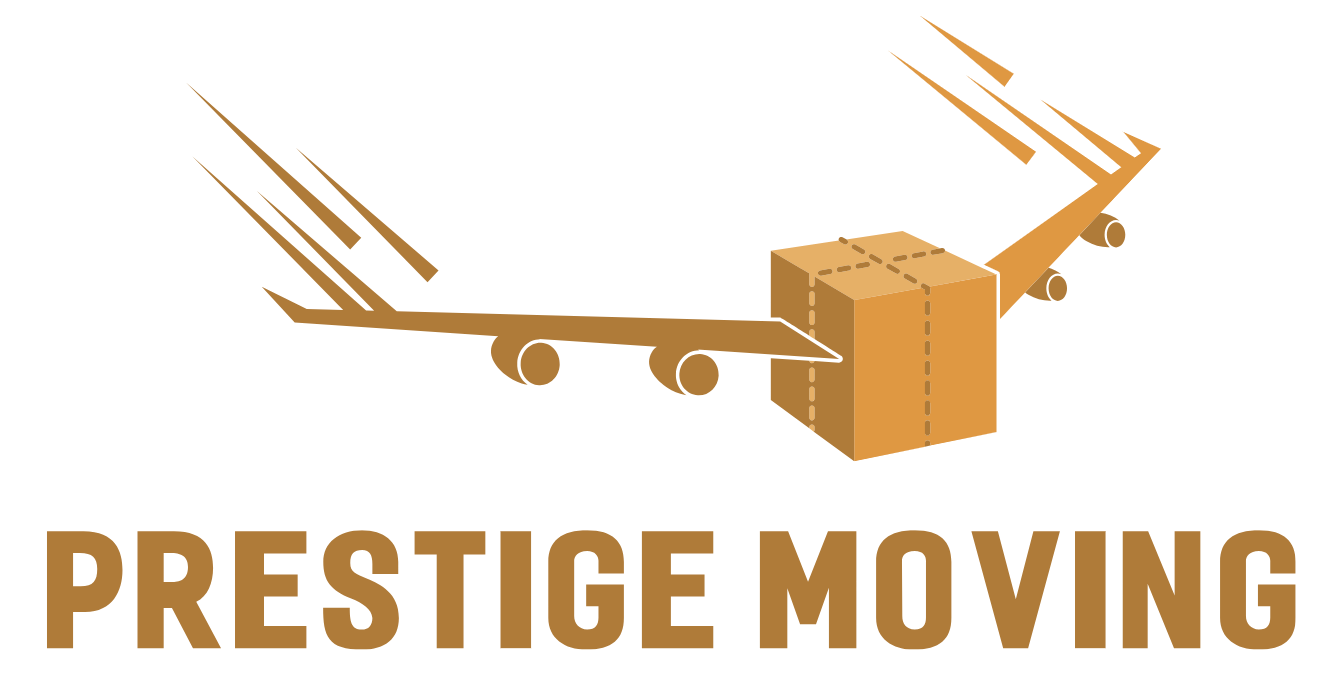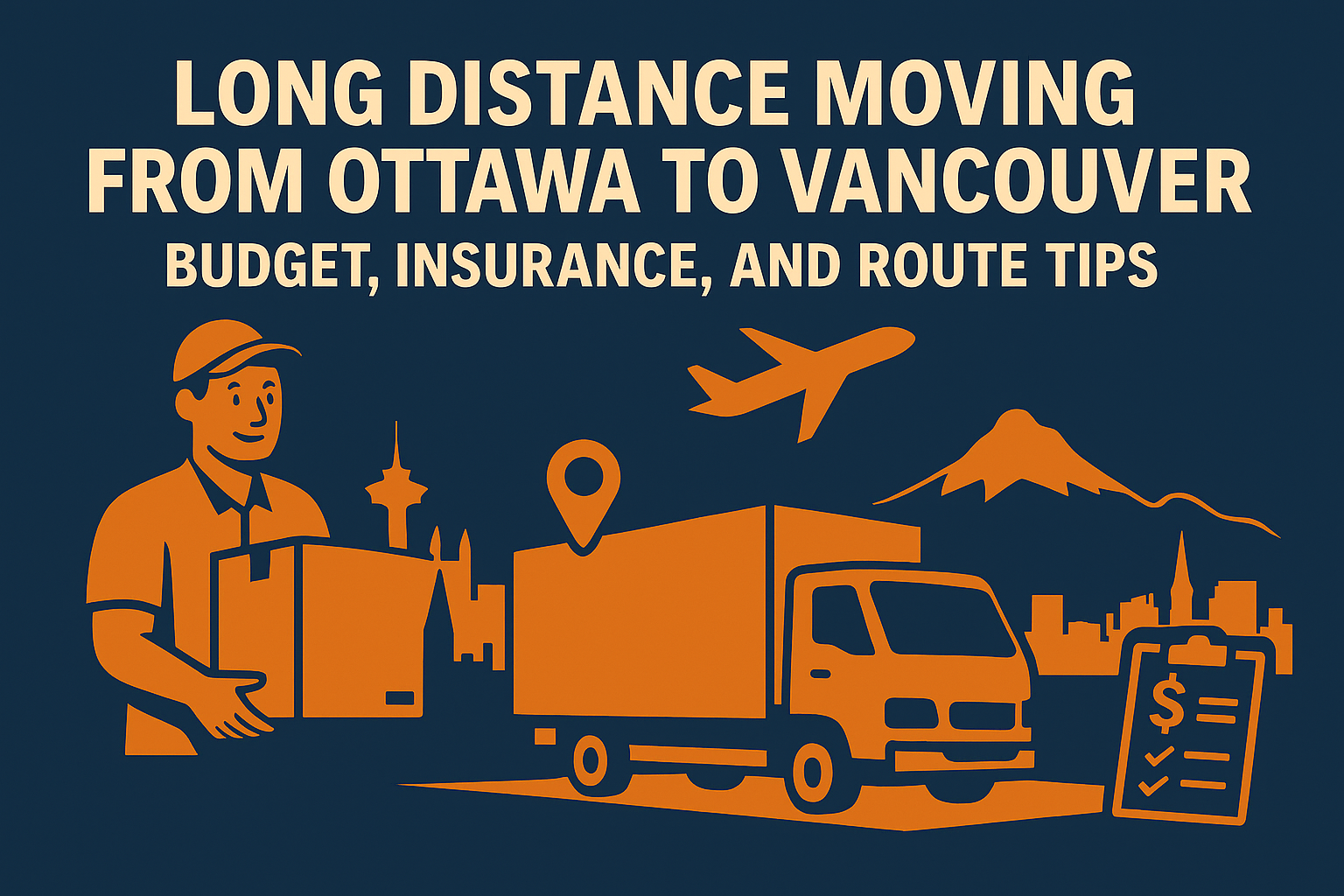Moving across Canada is a significant life event. The journey from Ottawa to Vancouver spans more than 4,400 km, crossing multiple provinces, time zones, and terrain types. Whether you’re relocating for work, family, or a lifestyle change, careful planning can turn this ambitious move into a smooth and cost-efficient experience. This comprehensive guide covers everything you need to know — from budgeting and insurance to route planning and packing strategies — to make your Ottawa-to-Vancouver relocation a success.
Understanding the Distance and Route: Ottawa to Vancouver
The Ottawa–Vancouver route covers one of the longest domestic relocation distances in Canada. The most common and efficient path follows the Trans-Canada Highway (Highway 1), taking you through Ontario, Manitoba, Saskatchewan, Alberta, and finally into British Columbia.
Key Route Highlights
- Distance: ~4,400 km
- Driving Time: 45–55 hours (excluding rest stops)
- Main Provinces: Ontario → Manitoba → Saskatchewan → Alberta → British Columbia
- Major Cities Along the Route: Sudbury, Thunder Bay, Winnipeg, Regina, Calgary, Kamloops
For most families and businesses, this is not a DIY job. Coordinating long-distance movers in Ottawa is the most reliable way to ensure your belongings are transported safely and on schedule. Professional teams with coast-to-coast experience, like Prestige Moving, understand the complexities of interprovincial logistics, including route optimization and freight coordination.
Budgeting for a Cross-Country Move
1. Estimating Moving Costs
Moving from Ottawa to Vancouver typically costs between $6,000 – $12,000+, depending on several factors:
- Home Size & Inventory – A studio may cost far less than a multi-bedroom house.
- Packing Services – Full packing and unpacking services can add convenience but increase cost.
- Specialty Items – Pianos, antiques, or delicate art pieces require special handling.
- Seasonality – Peak summer months (June–August) often mean higher demand and pricing.
You can get a tailored estimate through Prestige Moving’s pricing page to understand your exact relocation cost structure.
2. Hidden Costs to Watch For
- Fuel Surcharges & Travel Fees – Depending on gas prices and route conditions.
- Temporary Storage – Useful if your new home isn’t ready immediately.
- Elevator or Stair Fees – Common in high-rise moves in both Ottawa and Vancouver.
- Shuttle Truck Fees – Necessary if large moving trucks can’t access your destination.
Understanding these expenses early on can help you budget realistically and avoid mid-move financial surprises.
For tips on keeping costs under control without compromising quality, see how to move across Canada cheaply.

Choosing the Right Moving Services
Full-Service vs. Partial Moving
- Full-Service Moving: Your movers handle everything — packing, loading, transporting, unloading, and unpacking. Best for large families, busy professionals, or seniors.
- Partial Services: You handle packing while movers handle the transport. Ideal for those on a tighter budget.
Ottawa’s best moving experts recommend choosing full-service options for long-distance relocations to minimize the risk of damage and ensure insurance coverage remains intact.
Specialty Moving Considerations
If you own antiques, musical instruments, or artwork, hiring specialized movers is critical. For example, piano moving services in Ottawa ensure delicate instruments are transported using climate-controlled trucks and custom crating.
Essential Moving Insurance: Protecting Your Belongings
1. Standard Liability vs. Full Value Protection
- Standard Liability: Included by most movers, covers a set amount per pound (usually ~$0.60/lb).
- Full Value Protection: Covers the actual replacement or repair cost of damaged items, making it essential for high-value belongings.
Understanding your insurance coverage options is crucial when moving such a long distance. Review your policy carefully and, if needed, consider purchasing third-party moving insurance for additional protection. You can also reference official Government of Canada moving guidelines for coverage standards across provinces.
2. Specialty Insurance for Fragile Items
Some items — like fine art, antiques, or rare collectibles — may not be fully covered by standard policies. It’s wise to consult both your mover and your home insurance provider before your relocation to ensure seamless coverage.
For an in-depth breakdown of what’s typically covered and what’s not, refer to Moving Insurance in Canada.
Packing Strategies for Cross-Country Moves
1. Start Early and Declutter
Begin packing at least 6–8 weeks before your move. Declutter systematically to reduce the total weight of your shipment. Selling or donating unused furniture can significantly lower costs.
2. Use Professional-Grade Packing Materials
- Double-walled boxes for fragile items
- Bubble wrap and furniture pads for large pieces
- Wardrobe boxes for clothing
- Custom crates for art, instruments, and glass furniture
For expert advice, check out this guide on protecting your furniture when moving.
3. Label and Inventory Everything
Cross-country moves involve multiple checkpoints. Detailed labeling ensures nothing is misplaced, and inventory lists are essential for both insurance and customs purposes if any stops involve border crossings.
Route Planning and Scheduling
1. Best Time to Move
- Spring & Fall – Ideal weather, fewer delays, and lower rates.
- Summer – Peak season; book months in advance.
- Winter – Cheaper, but road closures and weather delays are common.
2. Staging and Delivery Windows
Long-distance moves typically include delivery windows ranging from 7 – 21 days. Professional moving companies will coordinate this timeline carefully and often provide GPS tracking so you can monitor your shipment across provinces.
The Trans-Canada Highway remains the most reliable route, but weather and construction updates are critical. Use the Government of Canada’s official road conditions portal to stay informed during your move.
Temporary Storage Options
If your Vancouver property isn’t move-in ready, temporary storage can be arranged in either Ottawa or along the route. Climate-controlled facilities are essential for sensitive items like electronics, furniture, and musical instruments. Storage solutions in Ottawa provide secure options with flexible timelines.
Settling In: Post-Move Essentials
Once you arrive in Vancouver:
- Conduct a full inspection before signing the bill of lading.
- Use your inventory checklist to verify every item.
- Contact your insurance provider immediately if there are discrepancies.
- Familiarize yourself with local municipal services, recycling rules, and bylaws.
For a smooth transition, refer to a structured post-move checklist to ensure nothing is overlooked.
Expert Tip: Book Early and Work with Reputable Movers
Ottawa-to-Vancouver moves are major undertakings. Booking early with a trusted mover like Prestige Moving ensures you secure preferred dates, better pricing, and full insurance coverage.
For direct inquiries, professional quotes, and tailored service plans, you can contact Prestige Moving here.


